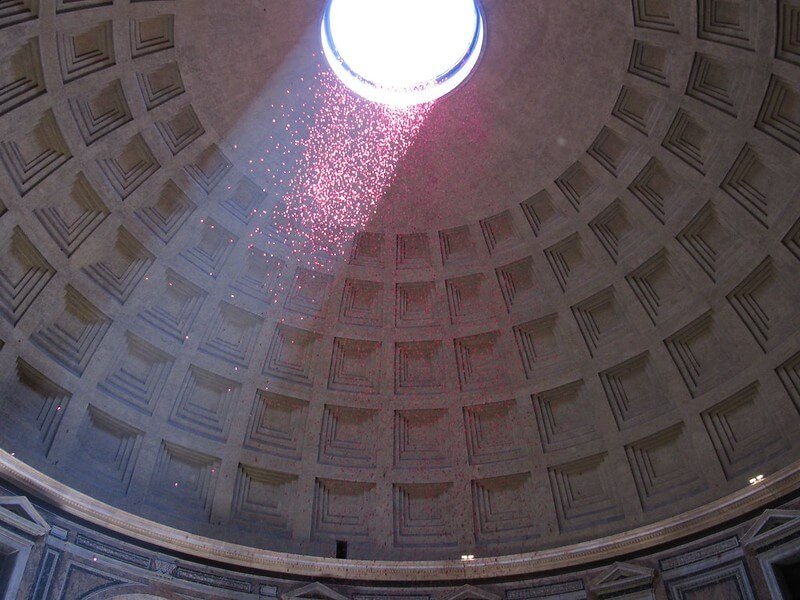Saints and Sites | Postcards from Rome 2022
Enjoy another take on program highlights…
1. Silent Retreat in Bracciano
We traveled from Florence to Bracciano, a small town northwest of Rome, for a retreat beginning on Friday and ending on Tuesday. We were graciously hosted by the Dominican Sisters of St. Cecilia, who are based in Nashville, TN. We spent multiple days in silence, gathering for communal Mass and prayer. Fr. Eric provided us with various meditations in the chapel and taught us about how to deepen our spiritual life through mental prayer. The retreat grounds were gorgeous and had a spectacular view of the nearby lake, which we were able to go down and swim in! Overall, the week was a very providential opportunity to re-orient our interior lives and focus on approaching The Rome Experience with our relationship with Christ at the center of it all.
2. St. Peter’s Basilica
After saying “ciao” to the sisters, we finally arrived in Rome on Wednesday. We didn’t beat around the bush, as our first outing was a tour of St. Peter’s Basilica. Kiron, our tour guide, did a wonderful job of introducing us to the history and beauty of this amazing church. I was overwhelmed by all that was there – the burial places of many popes, including Pope St. John Paul II, Michelangelo’s Pieta, and many other amazing mosaics and works of sacred art. The next day, we also were blessed to have Fr. Jacob Willig celebrate Mass for us in the crypt of the basilica in front of the bones of St. Peter. This has been one of the most profound experiences of the trip thus far for me. Later that day, we went on the “Scavi” tour which allowed us to explore the ruins of an ancient necropolis underneath the basilica and get very close to St. Peter’s bones at the end, where we spent some time in prayer.
3. Visiting the Roman Curia
On Thursday, we visited two offices in the Roman Curia. First, we visited the Pontifical Council for Legislative Texts and met with Archbishop Juan Ignacio Arrieta. He explained the structure of the Vatican and the Holy See, including all the various dicasteries. After that, we headed over to the Congregation for the Clergy, where we were greeted by Archbishop Andres Ferrada. This is the office that is in charge of seminary formation, and we were able to ask questions about the new changes that will be coming to U.S. seminaries in the next few years. Some of the main takeaways from this meeting are that the Church needs holy priests configured to Jesus Christ, and this formation takes place continually, both before, during, and after seminary. It was encouraging to see that priests who seem to be truly in love with Jesus Christ are the ones making decisions that affect our lives as seminarians in significant ways.
4. St. Paul’s Outside the Walls
On Friday, we took a bus out of the city center to visit the Basilica of St. Paul Outside the Walls. This is one of the four major Papal Basilicas and is built over the remains of the great apostle. We were able to pray near his relics and celebrate Mass in a side chapel. This church features ordered depictions of each pope in Church history. Cardinal James Harvey, the archpriest of the basilica, very graciously treated our whole group to a scrumptious and leisurely lunch after Mass. Then we visited Tre Fontane, the site of St. Paul’s martyrdom. We saw the church built over the place where he was beheaded. Tradition holds that his head bounced three times and three springs miraculously appeared at these locations. The entire area was a fruitful place for recollection on the witness of the early Church’s martyrs.
5. Pentecost at the Pantheon
On Pentecost Sunday, we had the opportunity to attend Mass in the Pantheon, an ancient Roman temple that was converted into a Catholic basilica. This liturgy is known for having rose petals dropped down from the hole in the basilica’s massive domed ceiling during the closing procession. For this reason, we had to line up quite early to make it inside. My group got there about two hours early and were the last ones let in! We were very grateful to be there, and the Mass was reverent and beautiful. I was struck by the universality of the Church during the Liturgy, in part because although the Mass was largely in Italian, many of the congregation’s responses were in Latin, the universal language of the Church. And the outpouring of grace at the Mass indeed ended with a joyful flood of rose petals!
Daniel Jasek
Archdiocese of Cincinnati


